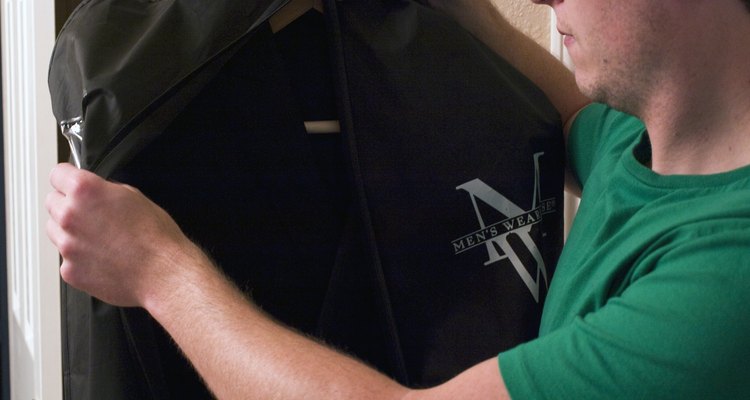
When it’s time to place your clothes in seasonal or long-term storage, you’ll need a plan to keep your wardrobe items smelling fresh – and away from mildew, moths and silverfish. Aside from learning the best ways to pack and protect your garments, most of all, you’ll want to keep them in a dark, cool and well-ventilated, commercial storage unit, home basement, garage or attic to avoid irreversible damage from sunlight and pests.
Pre-Storage Prep and Cleaning

If you store your clothes without cleaning them first, you will attract pests who will munch on your clothing. Deodorants and perfumes that linger on clothing can also fade fabrics over time, so have your garments dry-cleaned or washed before placing them in storage. Avoid starching men's dress shirts and using fabric softeners on your family’s garments, because these chemical additives may attract moths and beetles to your clothes. When organizing garments for storage, it’s best to hang dresses, men's suits, blazers, formal wear, skirts and men's trousers on wooden hangers covered with polyester batting and unbleached muslin; do not use satin, wire or foam-covered hangers. Fold lightweight knits, baby clothes, jeans, T-shirts, shorts and embellished or sequined garments, to prevent these items from stretching out on a hanger.
Proper Storage Facilities

Because mildew grows in humid and warm conditions, the best storage facility is dry, cool and airy. The ideal temperature is between about 50 and 80 degrees Fahrenheit. If you must store clothes in a basement, garage or attic, make sure that the space is well-ventilated, won’t expose clothing to heat, fumes or grease, and is not damp; generally, these spaces are not ideal for long-term clothing storage. You can also use a mechanical dehumidifier in non-air-conditioned spaces.
Ideal Storage Containers
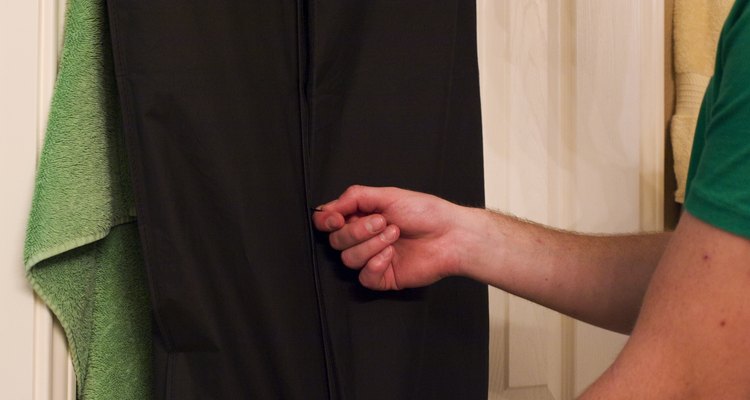
For seasonal or long-term storage, do not place linen, silks, leather clothing or cotton articles in synthetic garment bags, vacuum-sealed bags or plastic bags from the dry cleaner. These synthetic materials do not allow clothing to breathe and can trap in moisture and mold. Instead, cover suits, woolen or cashmere outerwear, leather goods and dry-clean only fabrics with breathable cotton sheets, white pillowcases, or muslin or canvas zippered garment bags to keep the dust off clothing during storage. Store coats in an acid-free wardrobe box with a built-in hanging rod -- but store fur coats only in a climate-controlled, professional fur storage facility to preserve pelts. Because the acids in cardboard boxes can cause linen and cotton clothes to yellow during long-term storage, wrap them first in acid-free tissue or unbleached cotton fabric. To further prevent damage, fold and store them in acid-free wardrobe boxes.
Protect Your Fancy Footwear
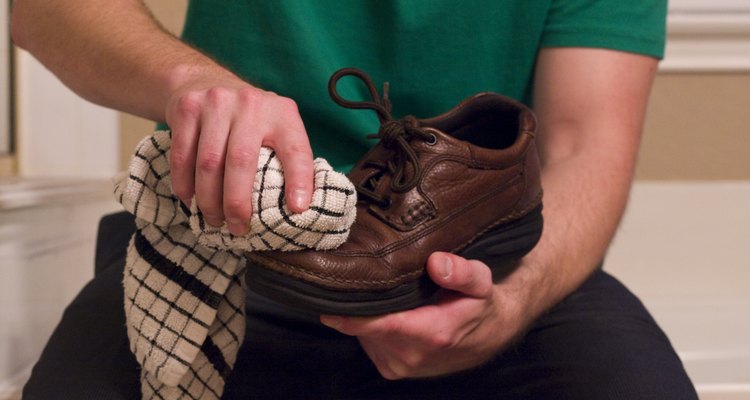
Keeping your boots and leather shoes in tip-top shape during their storage siesta is your highest priority. Use a wire brush to remove dirt from the soles. Next, wipe down leather shoes with a clean white cloth to remove surface dirt. Then clean the tops and sides of suede shoes with a suede brush. To retain their shape during storage, stuff boots with tissue paper, newspaper or boot trees. Also, slip shoe trees into loafers and lace-up shoes to keep your footwear pristine. For long-term storage, place leather boots, shoes and athletic footwear in lidded plastic storage containers.
Related Articles

Cashmere & Silk Pashmina Shawl Care ...

How to Store Clothes in Cardboard Boxes

Care of Mohair Fabric
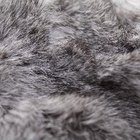
How to Care for Rabbit Fur
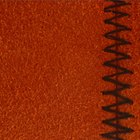
How to Store Suede Clothes

Why Do White Clothes Turn Yellow in ...

How to Wash a Rubber Raincoat
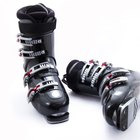
How to Store Ski Boots

How to Get Rid of Mold in a Gym Bag

How to Keep Wedding Dresses From ...
Methods of Long-Term Food Storage for ...
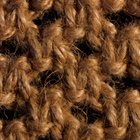
How to Kill Moths in Wool
How Long Can Flour Be Stored in Mylar ...

Uses for Mothballs

How to Store Lingerie

The Best Way to Pack a Silk Dress

What Type of Clothing Do People in the ...
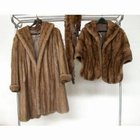
How to Store a Mink Coat
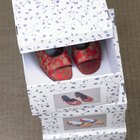
How to Store Winter Boots and Shoes
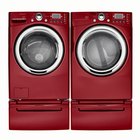
How to Shrink 100 Percent Cotton Brief ...
References
- Consumerist: 9 Things To Keep In Mind When Storing Your Winter Clothes (In Case Winter Ever Ends)
- Good Housekeeping: The Smart Way to Store Winter Clothes
- Real Simple: How To: Store Off-Season Clothes
- Who What Wear: Everything You Need to Know About Storing Your Knits
- University of Missouri: How to Prevent and Remove Mildew — Home Methods
- UStorage.com: How to Pack Your Clothes for Storage
- Missouri Historical Society: Preserving Your Treasures-Care and Storage Methods for Clothing and Textiles
Writer Bio
Mimi Abney is a lifestyle writer specializing in online content for women. Her work has appeared in NewsOK.com and "Keepsake Magazine," among other publications. With over 15 years of writing and editing experience for the web and print, Abney is also a contributor to online health, beauty and fashion publications. She holds a Bachelor of Science in biology from Spelman College.
Photo Credits
Jenean Hare/Demand Media